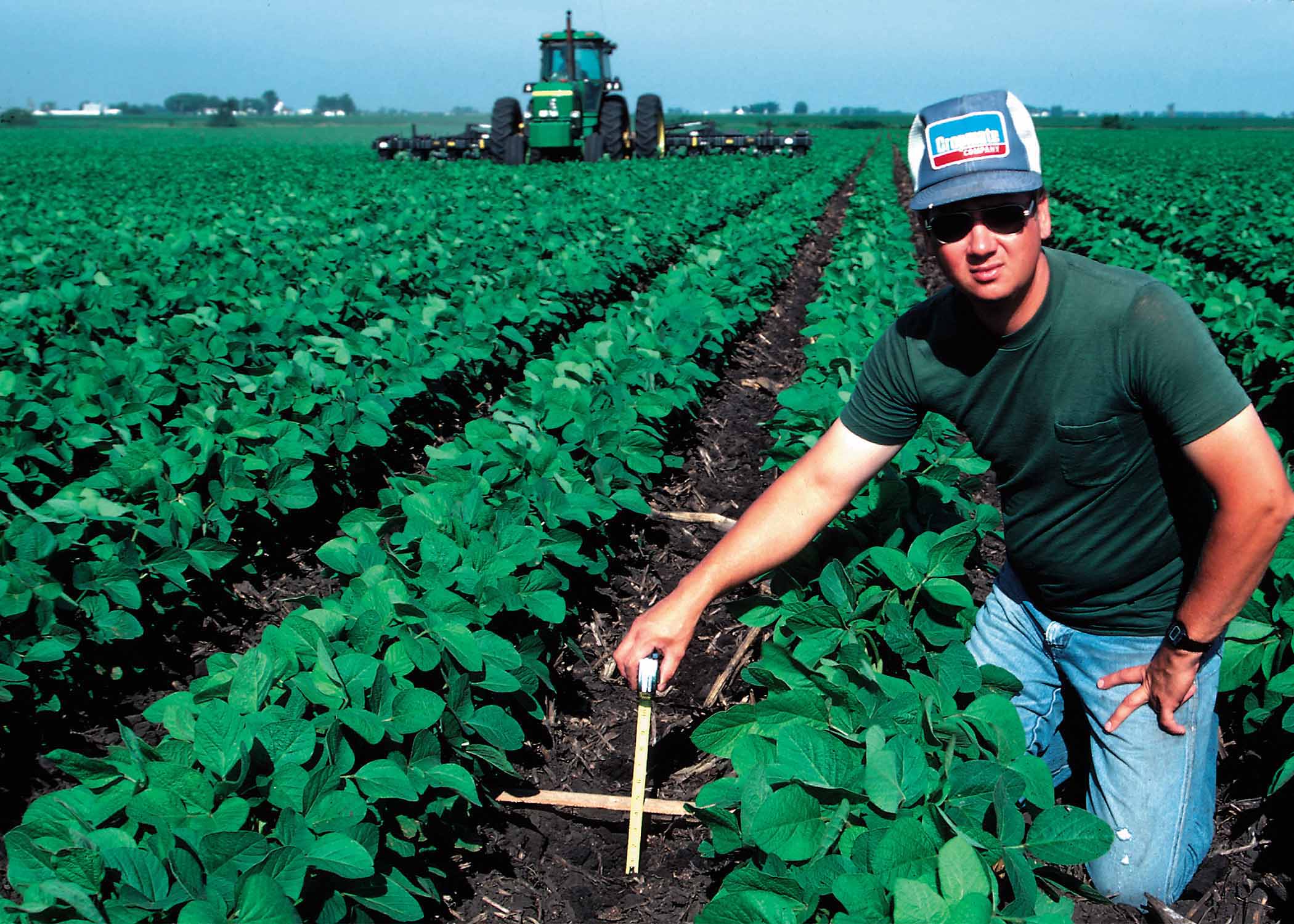Adaptation
 Climate change poses environmental, social, and agricultural challenges that require adaptation measures or means to help human and natural systems to adjust to new or changing climatic patterns.
Climate change poses environmental, social, and agricultural challenges that require adaptation measures or means to help human and natural systems to adjust to new or changing climatic patterns.
Changing precipitation, changing temperature patterns and increasing atmospheric greenhouse gases can significantly impact forest and agroecosystems at national, regional, and local scales-- changes in precipitation patterns relative to historic trends across the US will result in greater climate variability and more intense fluctuations in extreme climate events.
Impacts of climate change are expected to vary geographically and temporally. For example, in the western U.S., the form, amount and timing of precipitation is changing. All these factors point to a  changing climate which can present threats to agricultural production systems as well as opportunities to improve and expand production. Adjustments to production system inputs, tillage, crop species, crop rotations, and harvest strategies, as well as altered use and assessment of natural resources are anticipated adaptations to climate change in agricultural production. New research to increase the resilience of agronomic systems to climate change and to enable exploitation of opportunities that may arise is anticipated.
changing climate which can present threats to agricultural production systems as well as opportunities to improve and expand production. Adjustments to production system inputs, tillage, crop species, crop rotations, and harvest strategies, as well as altered use and assessment of natural resources are anticipated adaptations to climate change in agricultural production. New research to increase the resilience of agronomic systems to climate change and to enable exploitation of opportunities that may arise is anticipated.
USDA Climate Change Adaptation Policy
 The USDA has recently issued a Departmental Regulation on Climate Change Adaptation as a response to Section 16 of Executive Order (E.O.) 13514 that calls for federal agencies to implement climate change adaptation planning.
The USDA has recently issued a Departmental Regulation on Climate Change Adaptation as a response to Section 16 of Executive Order (E.O.) 13514 that calls for federal agencies to implement climate change adaptation planning.
The policy statement is also in accordance with the guidelines and support document provided by the Council on Environmental Quality (CEQ) and the Climate Change Adaptation Task Force, an interagency body that recommends series of actions aimed at helping the Federal Government to respond effectively to climate change.
Top image (dam): Photo courtesy of the USDA
Middle image (producer by a ridge-tilled field): Photo courtesy of USDA-NRCS
Bottom image (windmills): Photo courtesy of USDA Agricultural Research Service